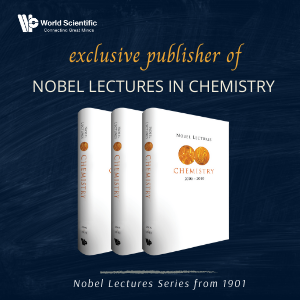First published by McGraw-Hill in 1989, this book provides a unified treatment of cavitation, a phenomenon which extends across the boundaries of many fields. The approach is wide-ranging and the aim is to give due consideration to the many aspects of cavitation in proportion to their importance. Particular attention is paid to the diverse situations in which cavitation occurs and to its practical applications.
Sample Chapter(s)
Foreword (237 KB)
Chapter 1: Introduction (721 KB)
Contents:
- Bubble Dynamics
- Acoustic Cavitation
- Hydrodynamic Cavitation
- Sonoluminescence
- Sonochemistry
- Bubble Spectrum Analysers
- Applications
Readership: Mechanical, civil and structural engineers, as well as chemists and medical physicists.
”For those who have chosen cavitation as a field of study, the publication of this book is an event for celebration. It signifies that the field has come of age. For those without previous knowledge of this many-faceted subject, the book provides an opportunity to become well acquainted.”Here Dr Young has recognized, and met, the need for a single-authored volume which brings together material from many technical reports, book chapters, student theses and countless journal publications. The material includes basic hydrodynamical and acoustical theory, as well as experimental findings in physics, chemistry, and biology laboratories. Cavitation-related phenomena covered include such diverse examples as erosion of ship propellers, ultrasonic cleaning, detection of high energy particles, fragmentation of biological cells and sonoluminescence.”Obviously, one's education is not complete without an understanding of the possibilities offered by cavitation in its various forms. Dr Young's carefully constructed and wide-ranging book provides readers an opportunity to become informed on this matter, whether in depth, or in breadth.”
Professor Wesley L Nyborg
University of Vermont
F Ronald Young graduated in physics from the University of Cambridge and spent two years in industry. After a number of teaching and lecturing appointments combined with research, he gained a PhD in acoustic cavitation at Imperial College, London. He has published numerous papers on acoustic and hydrodynamic cavitation and has taken part in international conferences on acoustics, where he has lectured on sonoluminescence. He directed the work of a cavitation laboratory at Watford College, from which he has recently retired as Senior Lecturer in Physics.


























